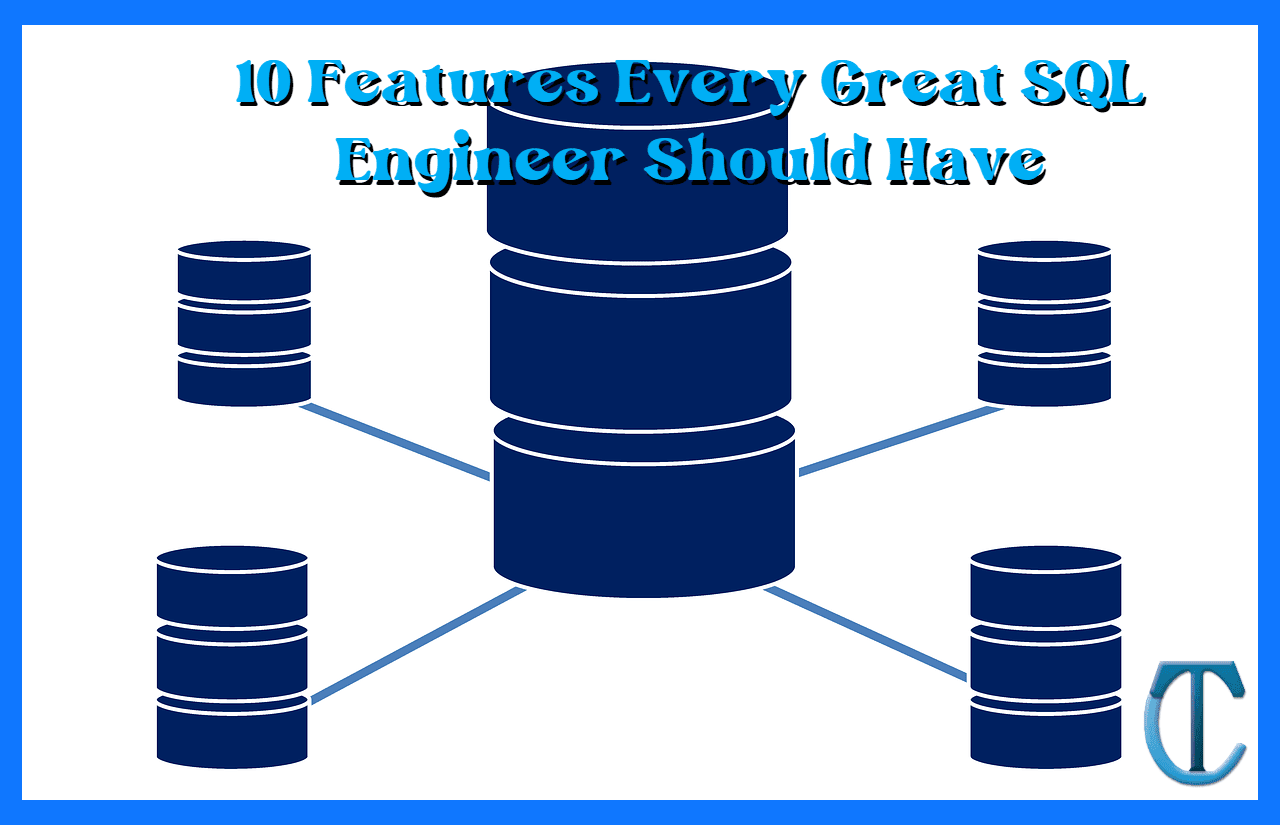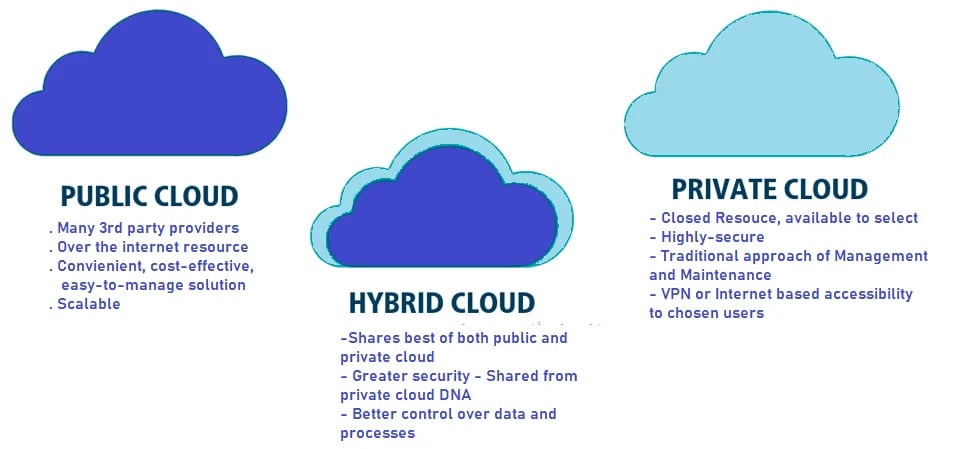Increasing cloud complexity is causing a seismic shift in the economics of IT
[ad_1]

In the last yr and a 50 %, information and facts engineering departments have been essential to companies’ skill to amend their operational models and help employees to operate remotely.
The obligation for enabling their corporations to navigate this transition — and get ready for an uncertain long run — has provided IT departments a considerable improve in strategic importance across businesses. Historically a qualifications perform, IT has grow to be a important driver of working day-to-day operations and a major determiner of how small business will be carried out in the long run.
At the onset of the pandemic, IT teams were centered mainly on moving rapid, but issues have changed. Adoption of community cloud was noticed by quite a few corporations as an powerful answer to speedily scale potential. But as momentary answers develop into the norm, IT teams now obtain them selves struggling with unforeseen operational fees, leaving businesses in a quandary: How can they understand the gains of the cloud whilst maintaining complexity and expenditures from skyrocketing?
Accurate expenses of cloud
The benefit proposition of the community cloud has often been enticing — utmost adaptability, speedy availability and simplicity of use. Although excellent in some scenarios, a lot of companies are knowing general public cloud is not often the reply.
In accordance to Andreessen Horowitz, reliance on general public cloud has already spurred hundreds of billions of bucks of IT spend and is however developing at a pace that will be hard to maintain. With repatriation from the community cloud again to on-premises environments generating just one-third to 1-half the charge for equivalent workloads, there is a developing expectation that public clouds will both have to give up margin or drop some workloads to on-premises details centers. Industrywide, current market capitalizations are weighed down by cloud expenditures by hundreds of billions of dollars and, if expanded to the broader universe of business application and client world-wide-web providers, this variety is likely much more than $500 billion.
Revisiting cloud method
Though public cloud has numerous gains, additional IT leaders are knowing that it is not the end-all, be-all option. Most companies are hunting for the agility of general public cloud alongside with the overall flexibility to select the appropriate cloud, regardless of whether non-public or public, for just about every workload — while optimizing expenses alongside the way.
With this in brain, how do main data officers potential-proof their cloud technique? Here are the queries they must check with on their own:
Need to we retain or retire legacy workloads?
Some workloads are uncomplicated to move to general public cloud substrates, although many others are not. Application availability requirements, general performance needs, info governance or sovereignty regulation often place tough limitations on what can and can not shift to community clouds. In these cases, companies should really commit in on-premises systems that deliver the added benefits of a cloud running design whilst keeping the company absolutely in command of the infrastructure supporting these applications.
Do we have the required cloud ability sets?
Instead than sign up for the arms race for IT expertise and reduce out to the tech giants, some enterprises are simplifying their on-premises architectures to lower the need to have for supplemental cloud professionals. Leveraging solutions that make the most of the existing IT teams makes it possible for firms to improve the resources they have in area nowadays whilst location on their own up for the future.
How do we find the ideal cloud system?
In addition to maximizing present ability sets, leveraging a cloud platform that can bridge both on-premises and community cloud environments provides the adaptability to pick the appropriate cloud for every workload. Workload portability is a different important thing to consider, as needs can adjust as the enterprise evolves. Furthermore, a cloud system with crafted-in enhanced stability and powerful automation capabilities delivers greater effectiveness by minimizing administration. Moreover, a system that provides uniformity to how facts is saved across distinctive clouds will tackle a lot of typical worries connected to details protection, governance, and visibility.
What is the whole charge of ownership?
The self-service character of general public cloud products and services demands enterprises to put into action strategies for charge governance and monitoring. As a result, obtaining clear visibility into the ongoing charge of every single cloud is critical to avoiding unnecessary spending. The College of California at San Diego, for case in point, saved thousands of dollars for every month just after getting workloads that no for a longer time required to be running.
Will a transfer to the cloud maximize your company’s agility?
Lots of businesses are searching to leverage the elasticity, scale and agility of public cloud, together with its services. However, refactoring their existing apps to make them cloud all set can normally choose a long time and negate the agility gain. A cloud system that allows easy migrations, or moves present apps without any modification, tends to make it less difficult, speedier and a lot more charge-powerful. Also, solutions that deliver blueprinting to deploy purposes consistently in any cloud can be employed to manage dynamic environments with out unneeded overhead.
Hybrid multicloud is the route ahead
In light of this new dynamic work ecosystem, IT departments have obtained strategic importance in the business, and providers are reimagining their budgets and the architectures they run. While enterprises carry on to deploy cloud infrastructure, they are significantly turning to hybrid multicloud — an IT environment providing unified infrastructure operations and management across private and community clouds — to harness the gains of both equally general public and private clouds.
To modernize operations and generate new degrees of efficiency, there are a number of paths a organization can acquire as it adopts cloud systems and cloud-centric functioning versions. Organizations are seeing important expense financial savings with platforms that can supply storage, compute, security, infrastructure administration and checking by way of virtualized architecture. Eventually, cloud is not a vacation spot but an functioning design to check, regulate and drive scale, value, protection and data efficiencies, regardless of wherever programs are operate.
Thomas Cornely is senior vice president of product or service administration at Nutanix Inc. He wrote this short article for SiliconANGLE.
Image: Bethany Drouin/Pixabay
Display your assistance for our mission by becoming a member of our Cube Club and Cube Function Local community of industry experts. Be a part of the community that includes Amazon World wide web Services and Amazon.com CEO Andy Jassy, Dell Systems founder and CEO Michael Dell, Intel CEO Pat Gelsinger and quite a few additional luminaries and professionals.
[ad_2]
Source hyperlink






